Frank Gerritz. Photo: Museum Wiesbaden / Bernd Fickert
„Sehen, denken, ausführen — diese Direktheit der Zeichnung ist etwas, was mich antreibt. Als Bildhauer und Zeichner interessieren mich natürlich auch die Zwischen-, Randbereiche anderer Gattungen. Die Anfänge meiner Bildhauerei waren geprägt durch Stein- und Holzskulpturen (1984–1988). 1988 entstanden die ersten Eisenskulpturen, die sogenannten Blöcke I–V, die erst durch die Standflächendrucke und ein Jahr später durch die Ergänzung von massiven Bleistiftzeichnungen (der An- Auf- oder Seitenansichten) zur räumlichen Installation wurden. Schon damals habe ich die Maße dieser Arbeiten von meinen eigenen Körpermaßen abgeleitet. Das Maß der Eisenblöcke, abgeleitet von der Größe eines menschlichen Kopfes, 20 x 20 x 20 cm, die ersten massiven Bleistiftzeichnungen 60 x 60 cm (wie ein Portrait, Kopf bis Brust) und später die gesamte Körpergröße x Schulterbreite 180 x 60 cm oder Körpergröße x Spannweite 180 x 180 cm.“
— Frank Gerritz
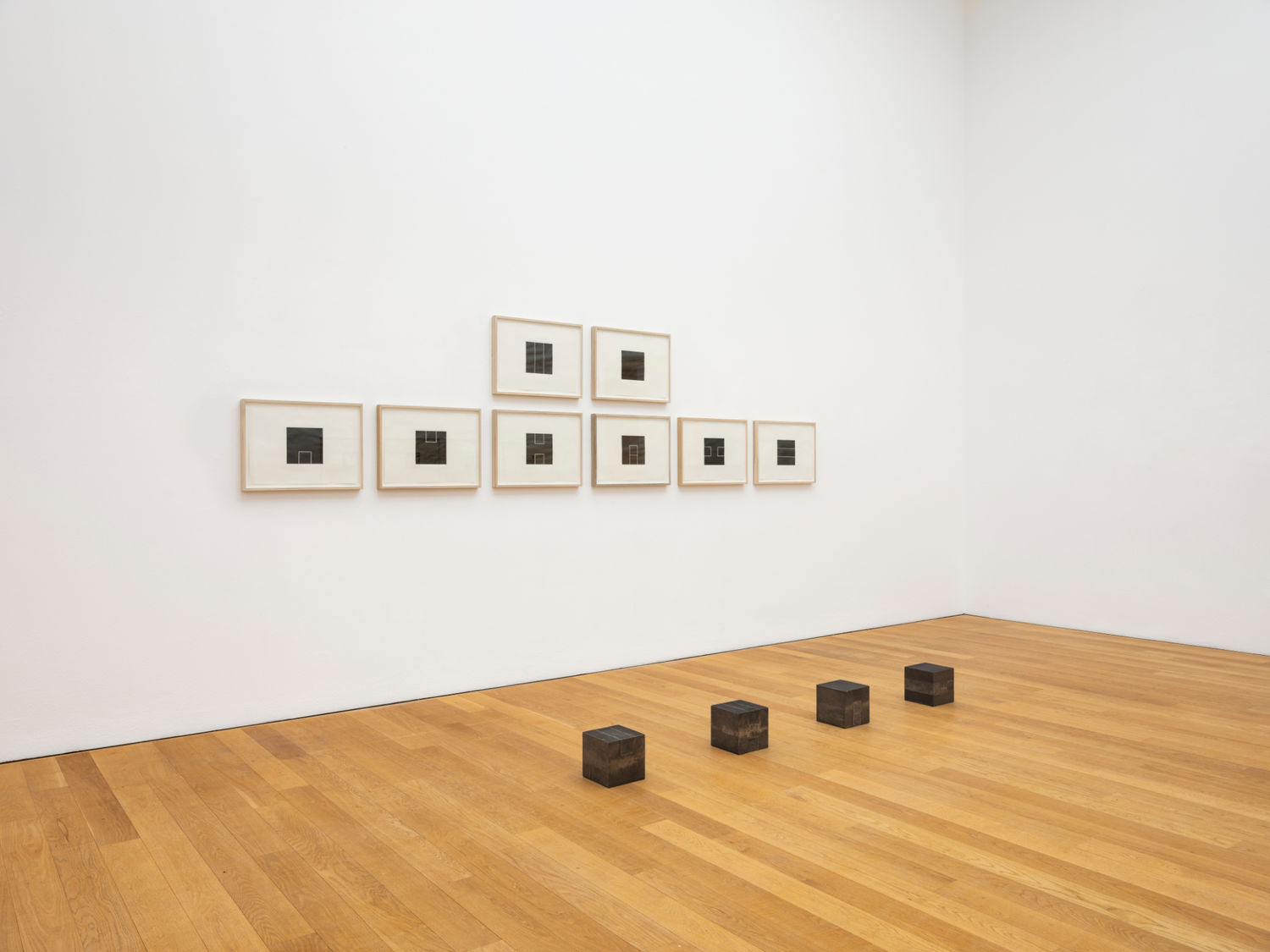

In his first exhibition in 1988, he presented a sequence of four blocks spaced 60 cm apart, the average step length, and on the wall the corresponding pencil drawings with the views of the iron sculptures from the front, the top or the side (fig. 1). The dimensions of these iron blocks are based on the human head (his own), now brought into the elementary form of a cube. With these external dimensions, he at the same time transfers the humanistic idea as immaterial content into the center of the sculpture in a strictly conceptual way. With their respective weight of 60 kg, the sculptures furthermore represent the average weight of a human being. It is these variables that henceforth determined the relational parameters of his entire oeuvre: 20 x 20, 60 x 60, 180 x 60, 180 x 180 cm. These figures (ratios), which remain a constant in his work to this day, share the number three as a multiplier or divisor (20 x 3 = 60, 60 x 3 = 180).
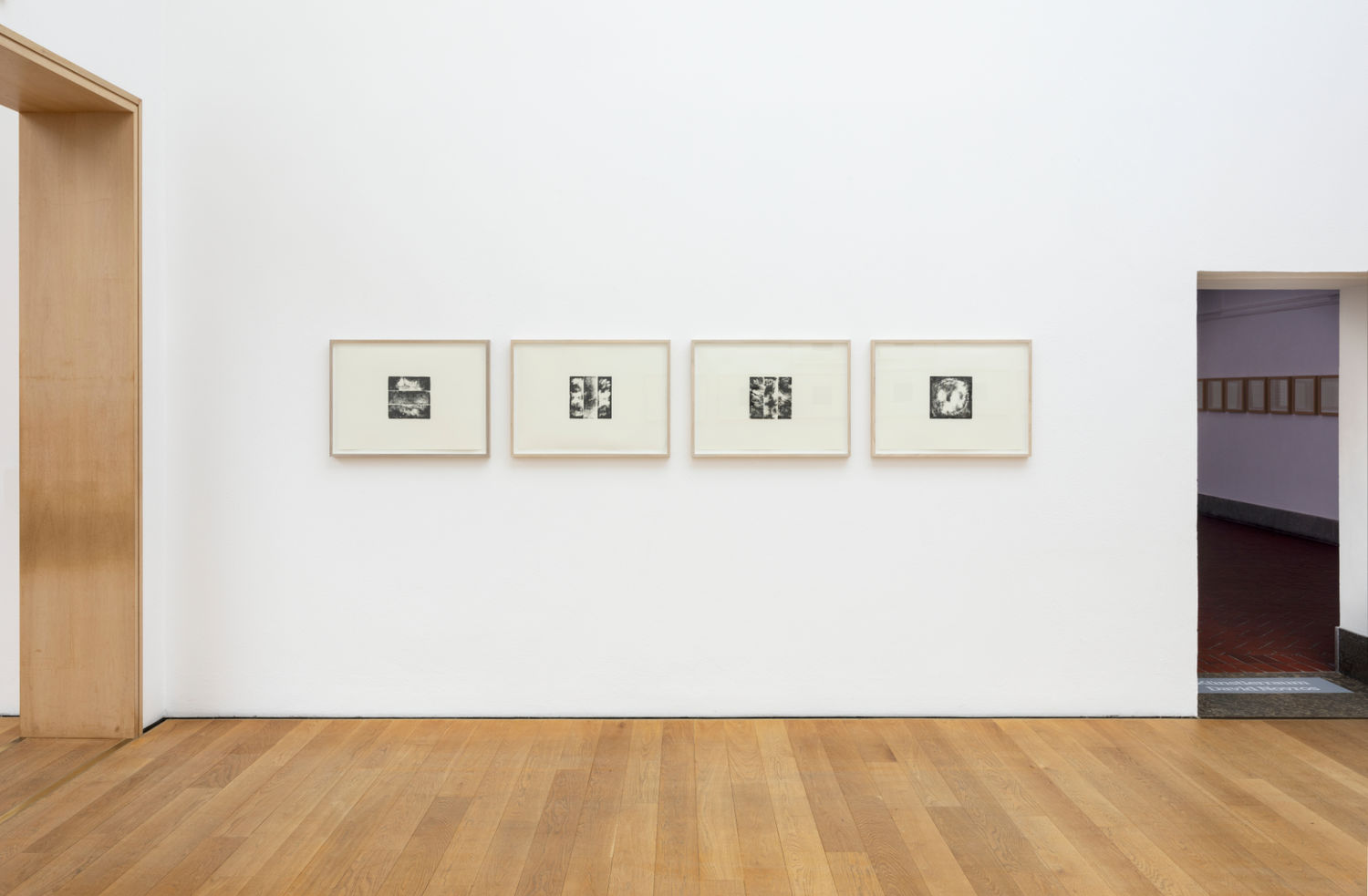

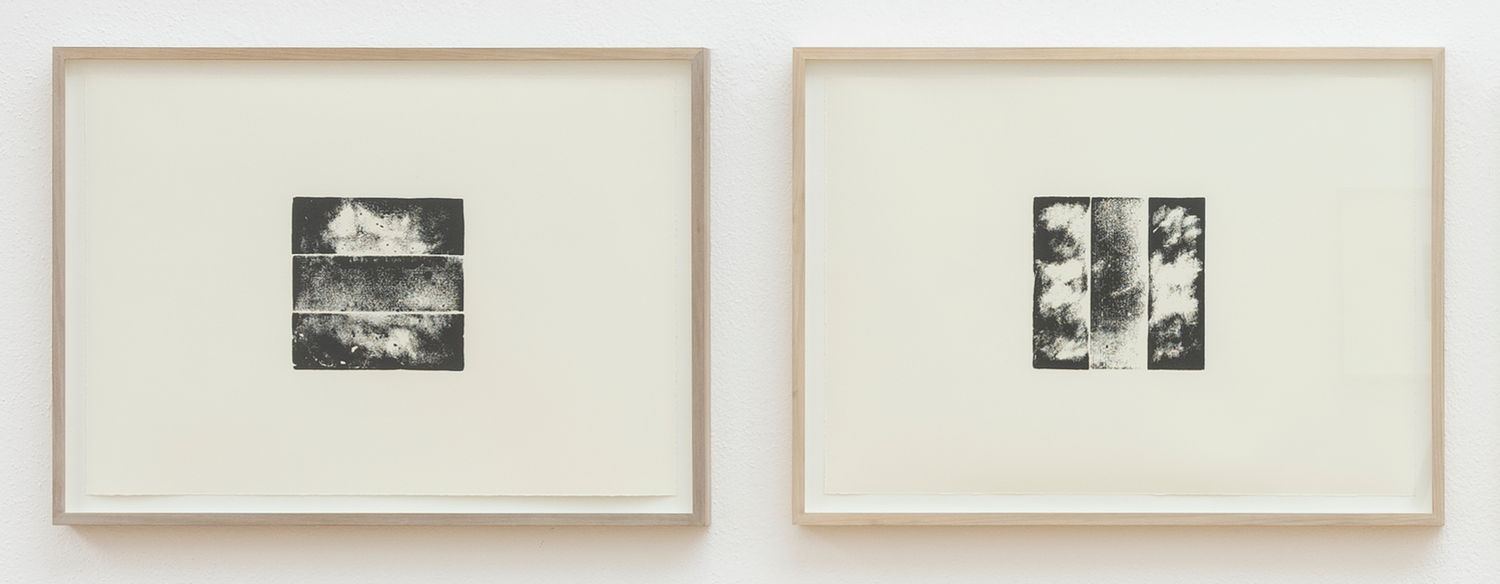
The iron blocks and their weight are used to create so-called standing surface prints — prints of their non-visible standing surfaces using black ink. These embossed prints are manifestations of the various surface structures that Gerritz had previously manipulated using the gray iron casting process. They reveal those sides that would otherwise remain hidden from the viewer. In the process, the rubbing and removal of the printing ink inevitably results a more pronounced appearance of the different surface structures of the iron objects as well. The artist understands the surface of his sculptures as a kind of skin, each with a unique image of cracks, recesses, scars and fissures. The surface views are, like a fingerprint, unique in each case and thus refer, as supplementary properties of the objects that in turn relate to average dimensions of the human body, to the individual in humans as the measure of all things.
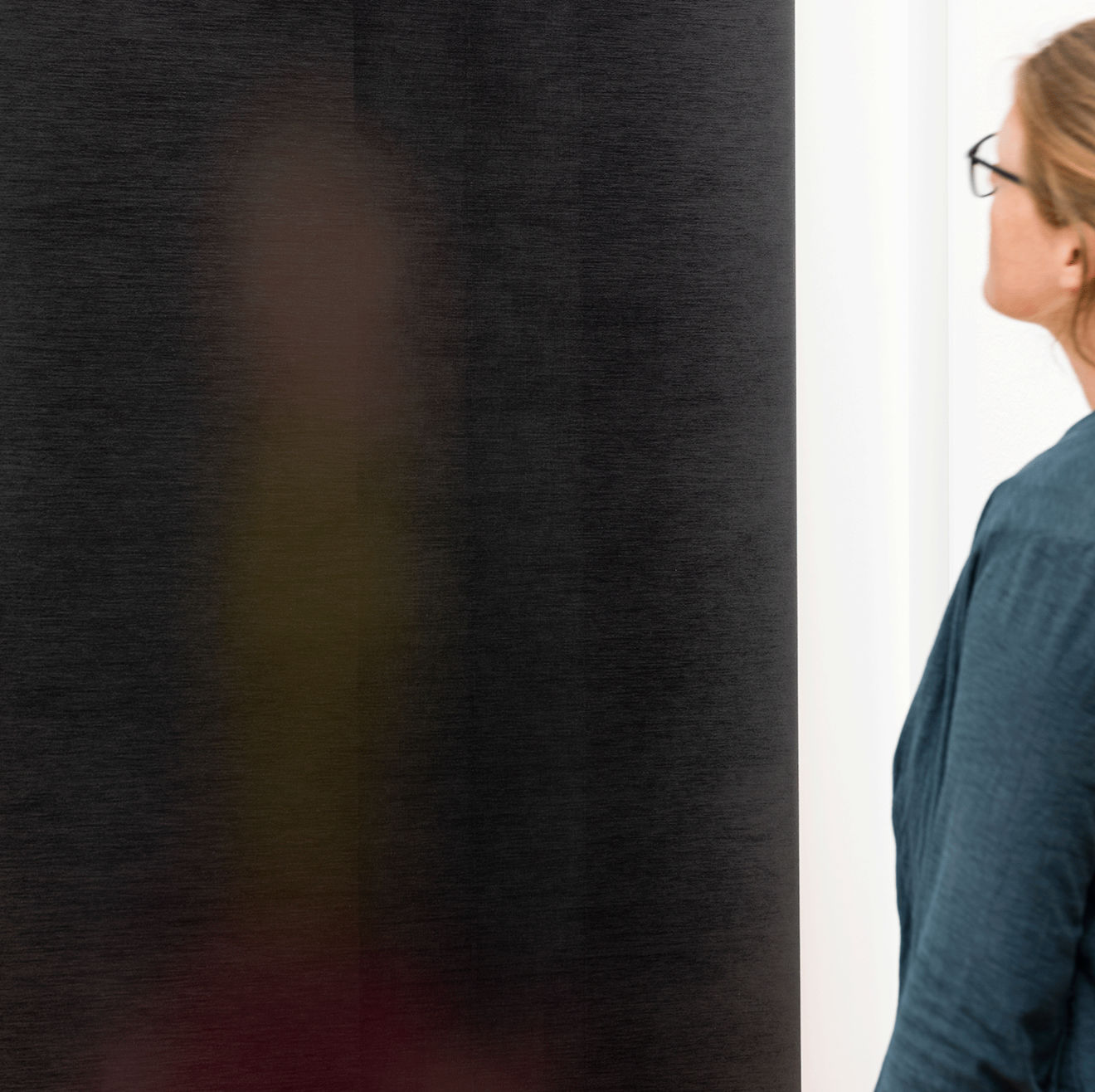
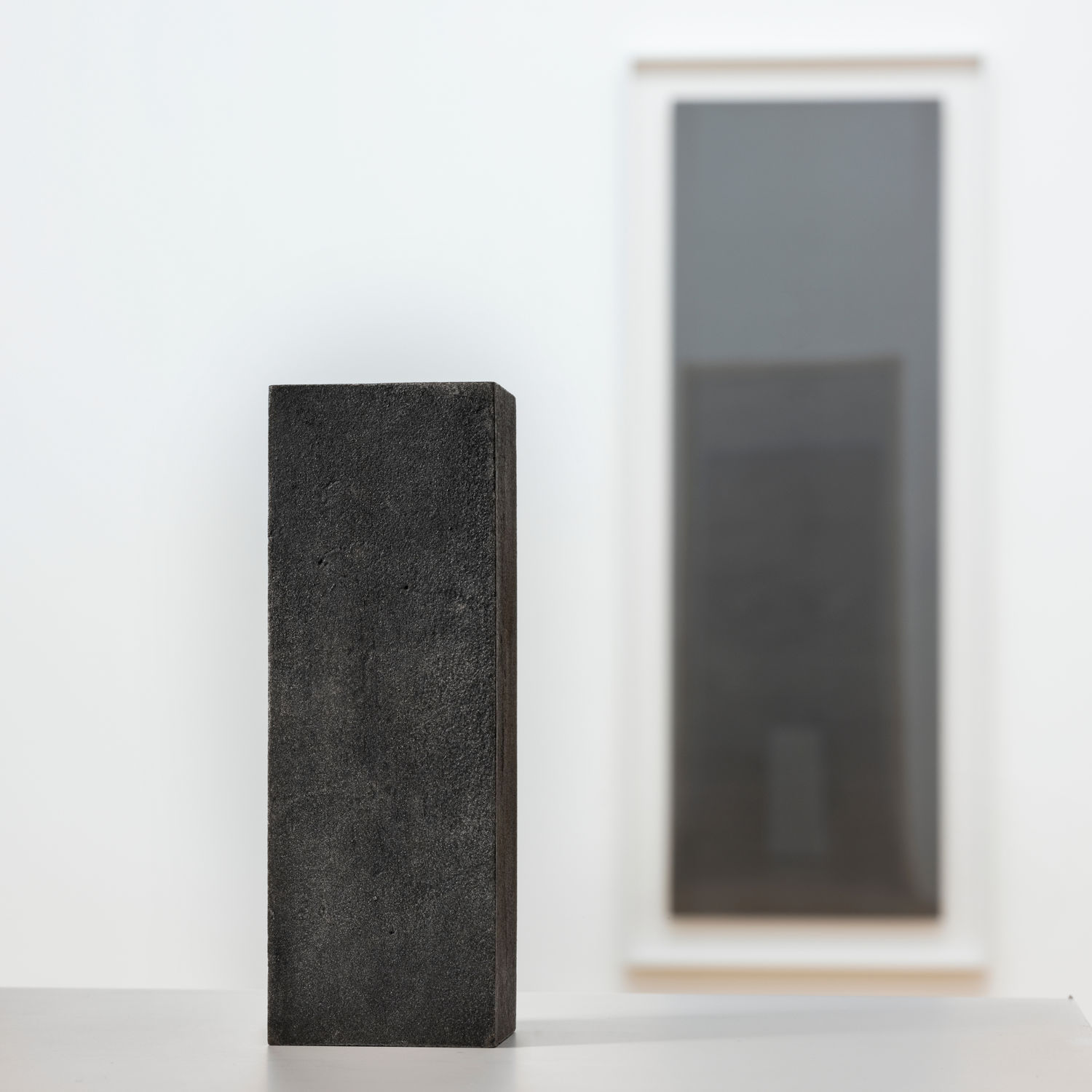
The blocks reveal a second characteristic of his work that applies to both the drawings and the sculptures: the importance of light. Depending on the angle of incidence of the light, the blocks oscillate from a light silvery-gray hue to an almost black one. On many occasions, the open spaces between the individual elements are plunged into deep shadows, but at times the light manages to penetrate them. In the transposition from sculpture into drawing, in front view and top view, these shadow-free zones turn into bright and empty spaces in between. They offer the viewer free spaces that they may fill with their subjective thoughts. About light and color the artist expresses himself:
„Es geht mir nicht um die Farbe Schwarz an sich, sondern um ihre einzigartige Fähigkeit, die sich verändernde Qualität des Lichts zu zeigen, wenn es sich über die Oberfläche bewegt. Es ist genau in diesem Moment, dass meine Werke zum Leben erweckt werden. (…) Licht kann man am besten auf Schwarz thematisieren. Das Schwarz kann richtig silbrig, oder hellgrau werden, bis zu einem tiefen Schwarz – das kommt darauf an, wie man sich vor der Arbeit einfindet. Am besten wie vor einer Skulptur, die man im Raum auch begreifen möchte. (…) Die reflektierenden Flächen werden zu Projektionsflächen für die Welt. Das ist etwas, was für die Idee der Zeichnung vollkommen überspitzt ist, da es nicht mehr nur eine Linie ist, die ein Quadrat oder einen Kreis umreißt, sondern einen komplett anderen Kosmos darstellt.“
— Frank Gerritz
During weeks of continuous work, Gerritz drew dense lines on MDF panels with a soft 9B graphite pencil, so that the surface appeared closed and yet retained the structure of the application. Since 1998, the artist has been using paint sticks, wax-based oilbars, on anodized aluminum plates. Both drawing materials are soft and pliable and not particularly suitable for achieving exact contours around areas. The addition of the lines and their abrasion, however, does actually have a densifying effect on the surface texture.
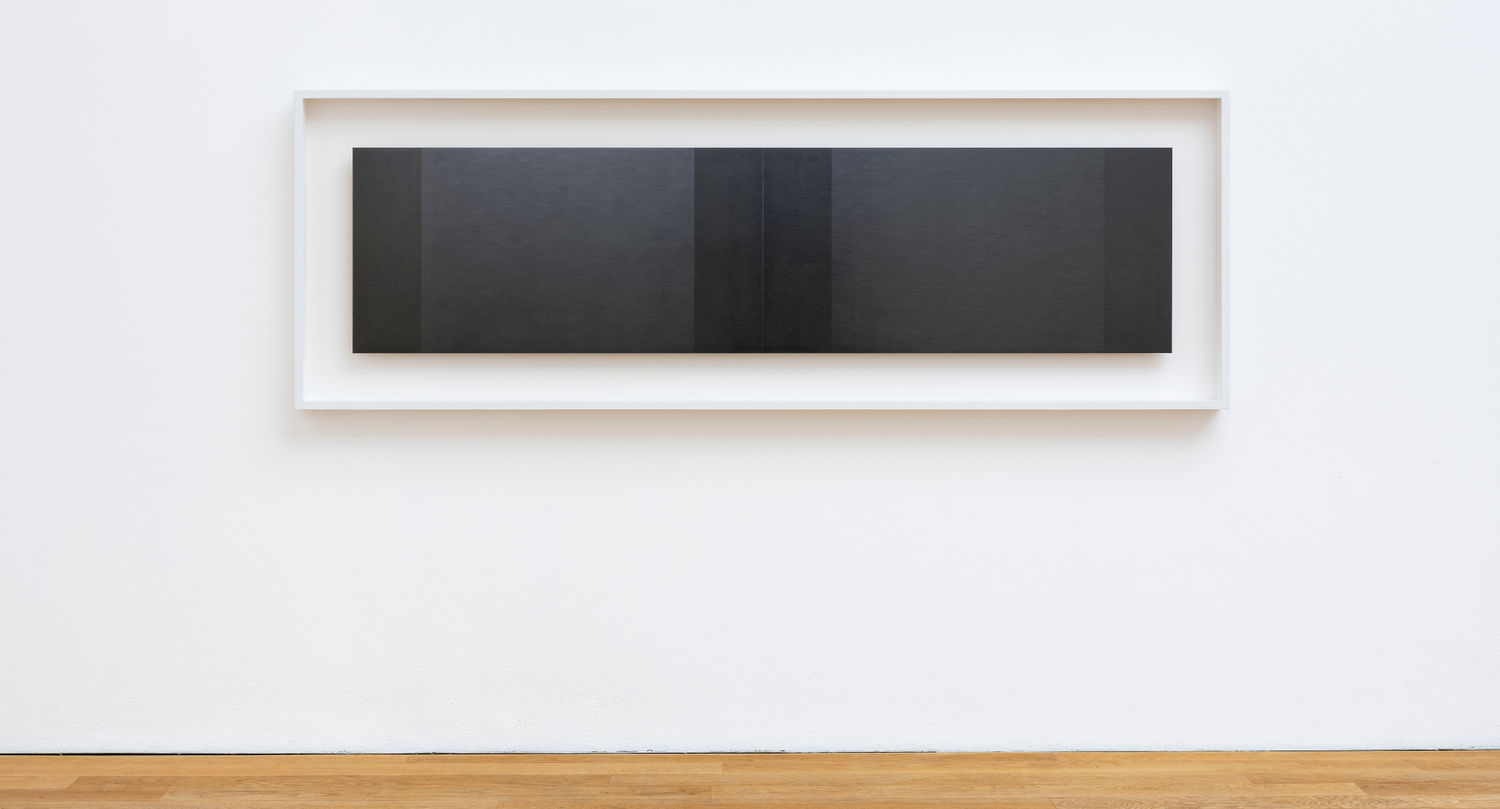
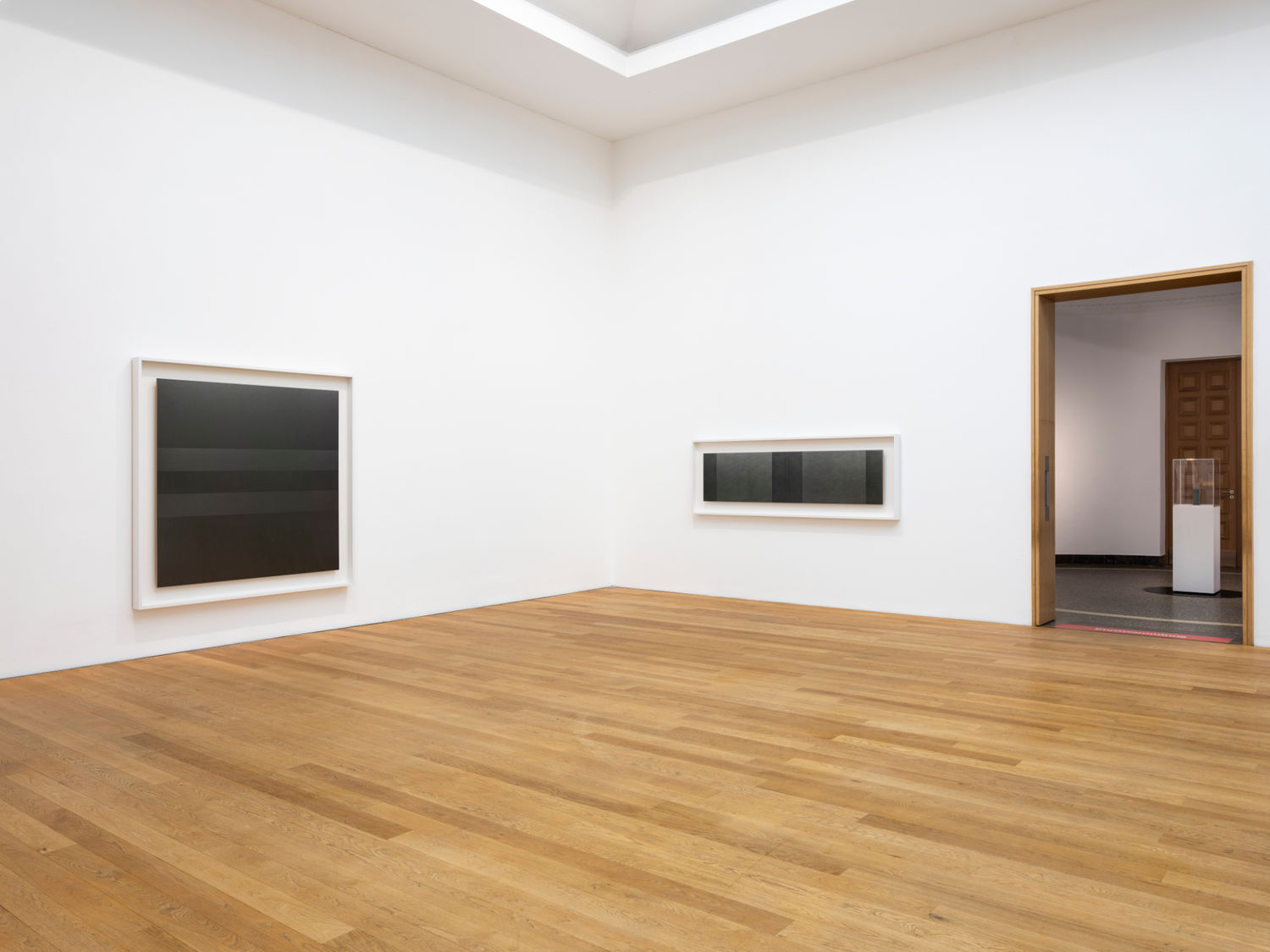
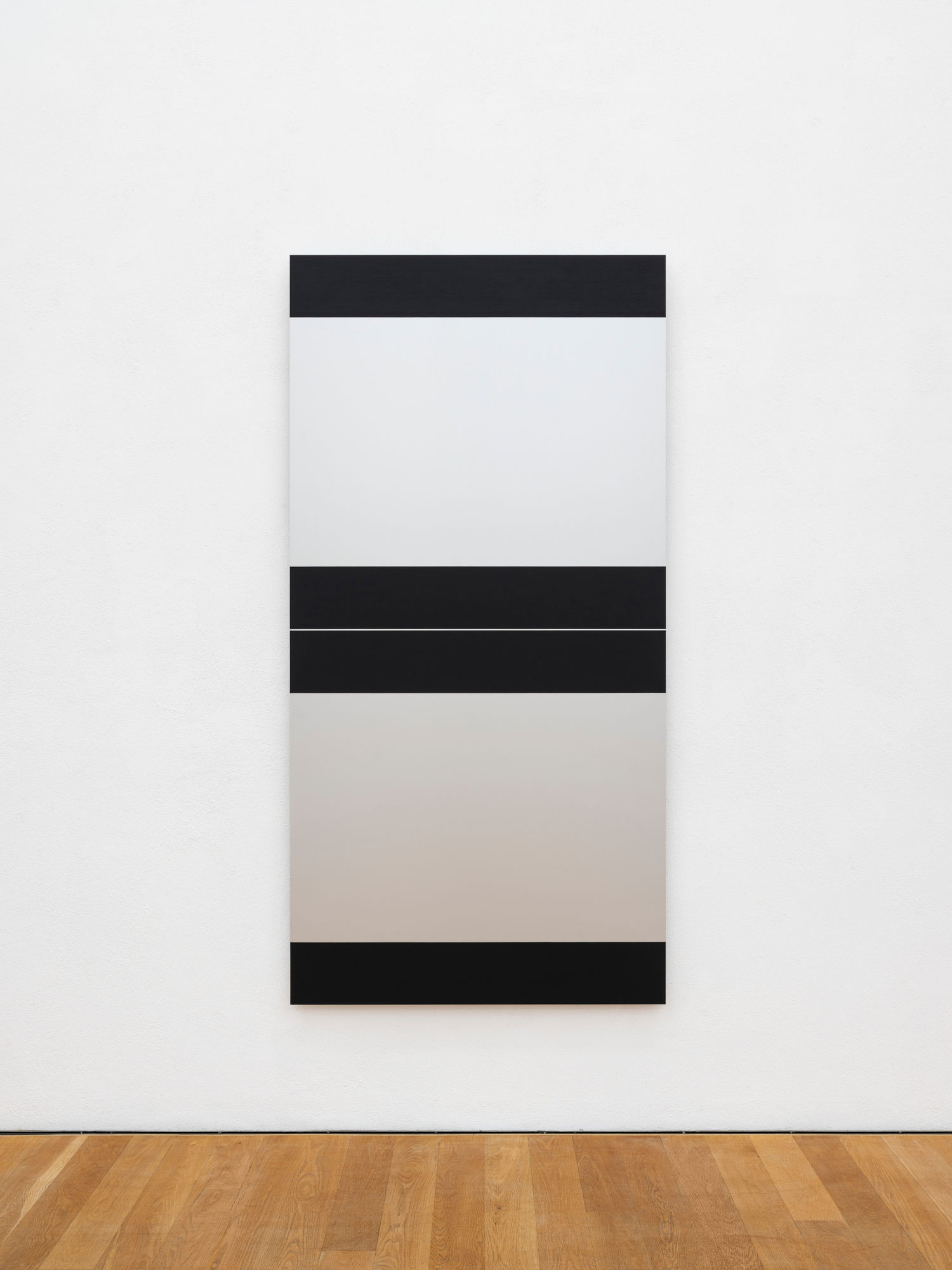
The matte, silvery shimmering aluminum casts diffuse shadows, while layers of thick shiny paint stick strokes effectively reflect light and space. After the application of the paint, Gerritz uses a special brush to create a fine, regular structure in which the light can, as it were, lie down. The surfaces of the MDF panels are divided by an obverse hatching made with a soft graphite pencil, and they alternate between reflecting light and cast shadows.
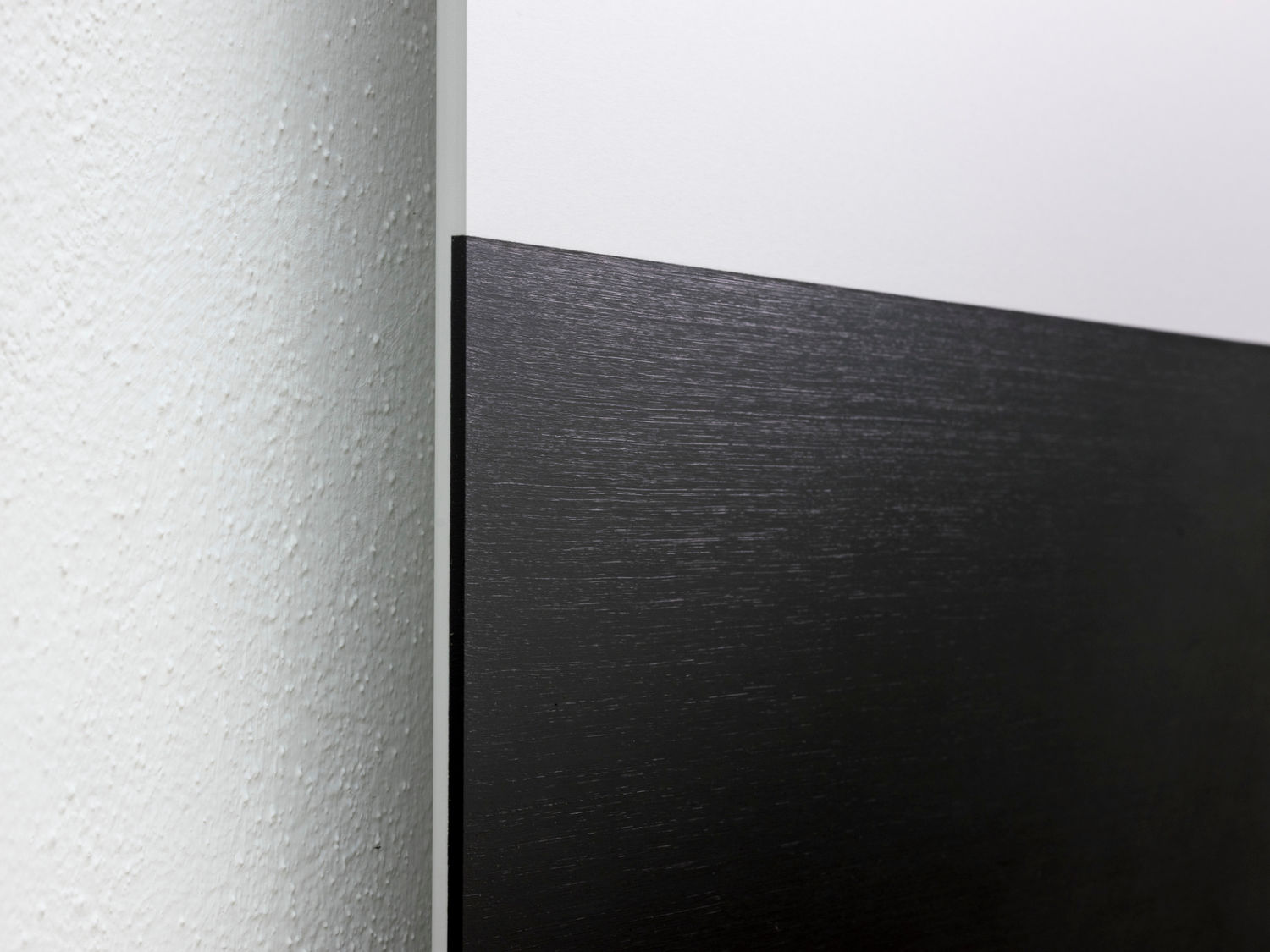
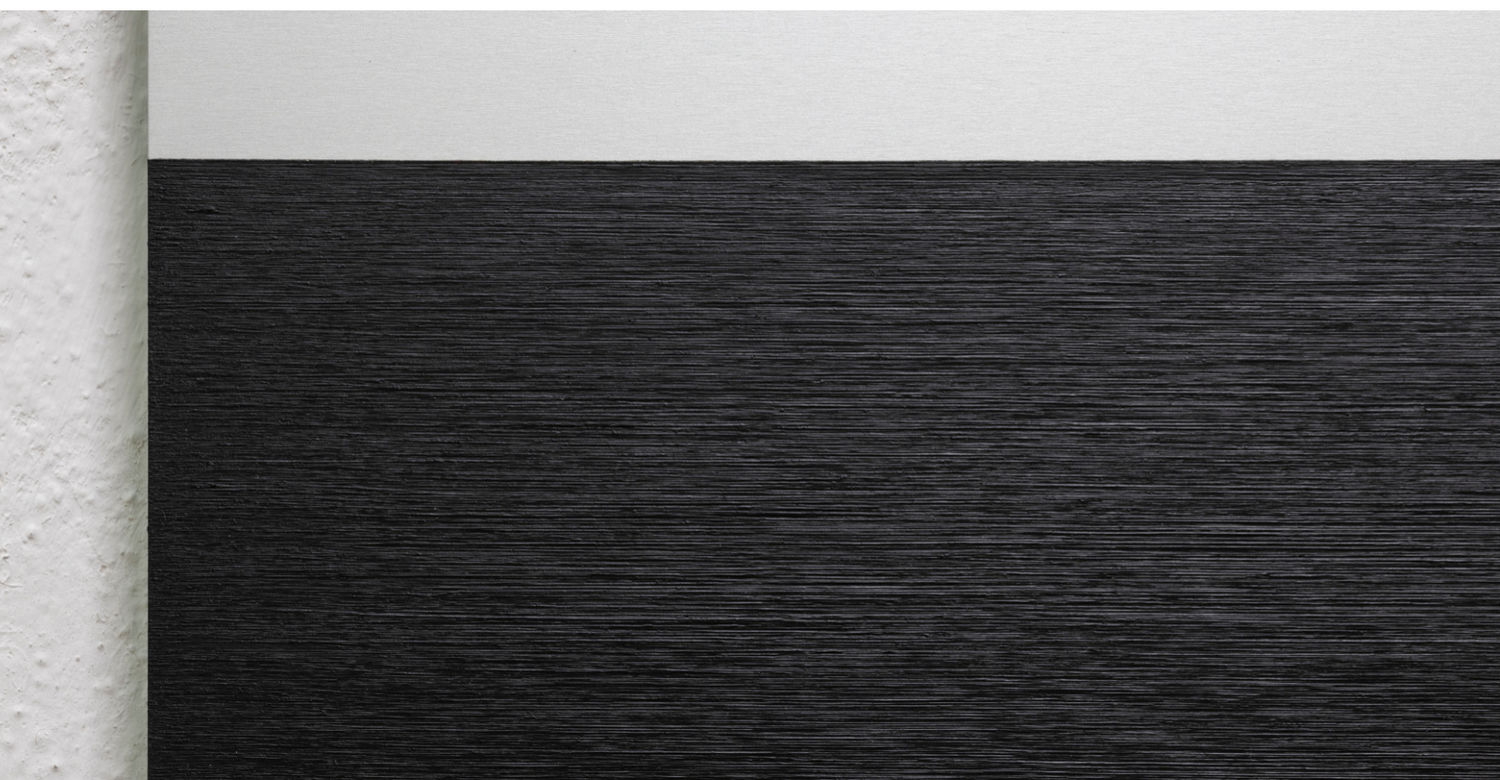
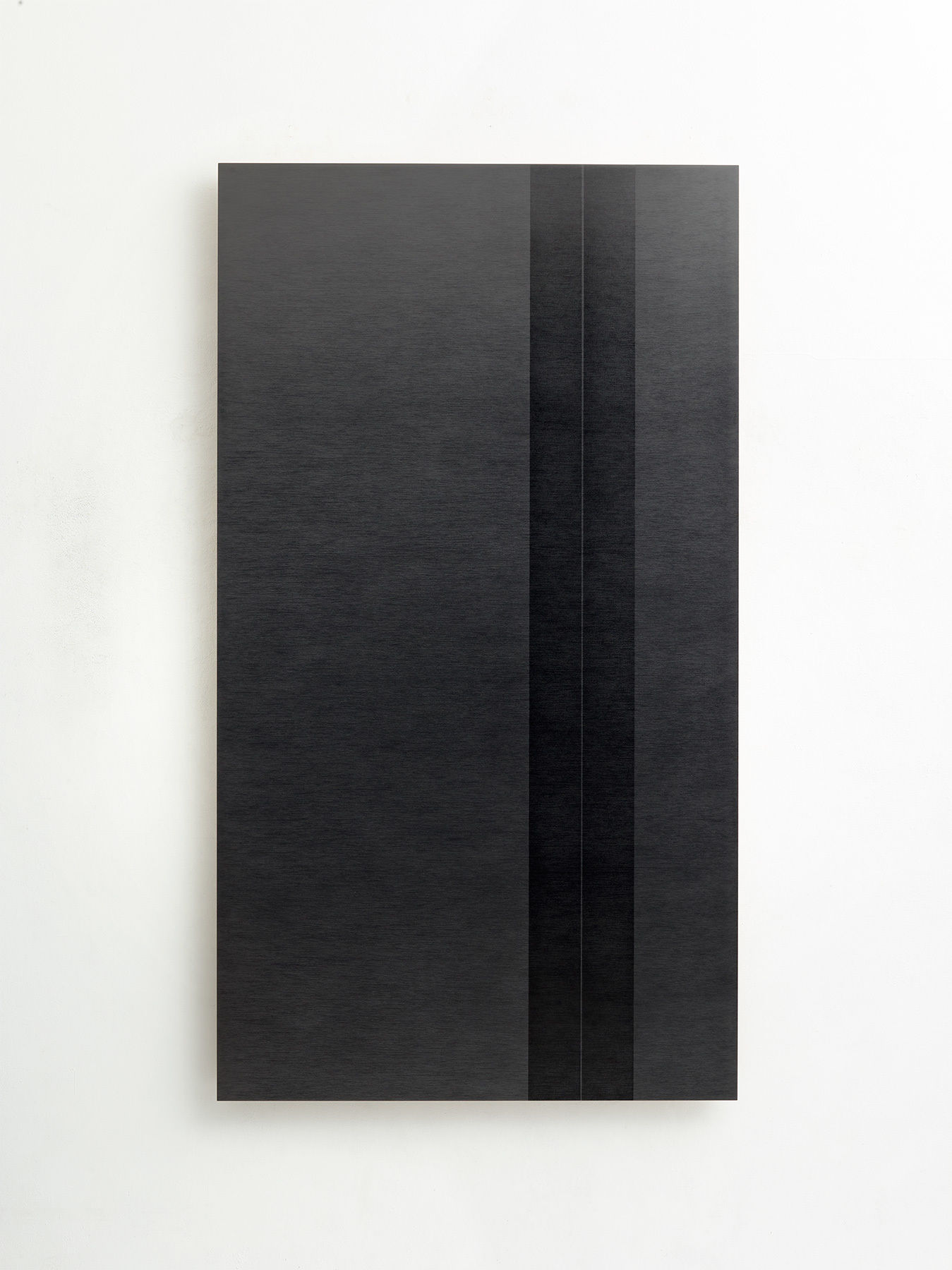
Date: 29 Aug 21, 4 pm
Buy your tickets online via museums ticketshop.
You' find urther information about your visit on our homepage.
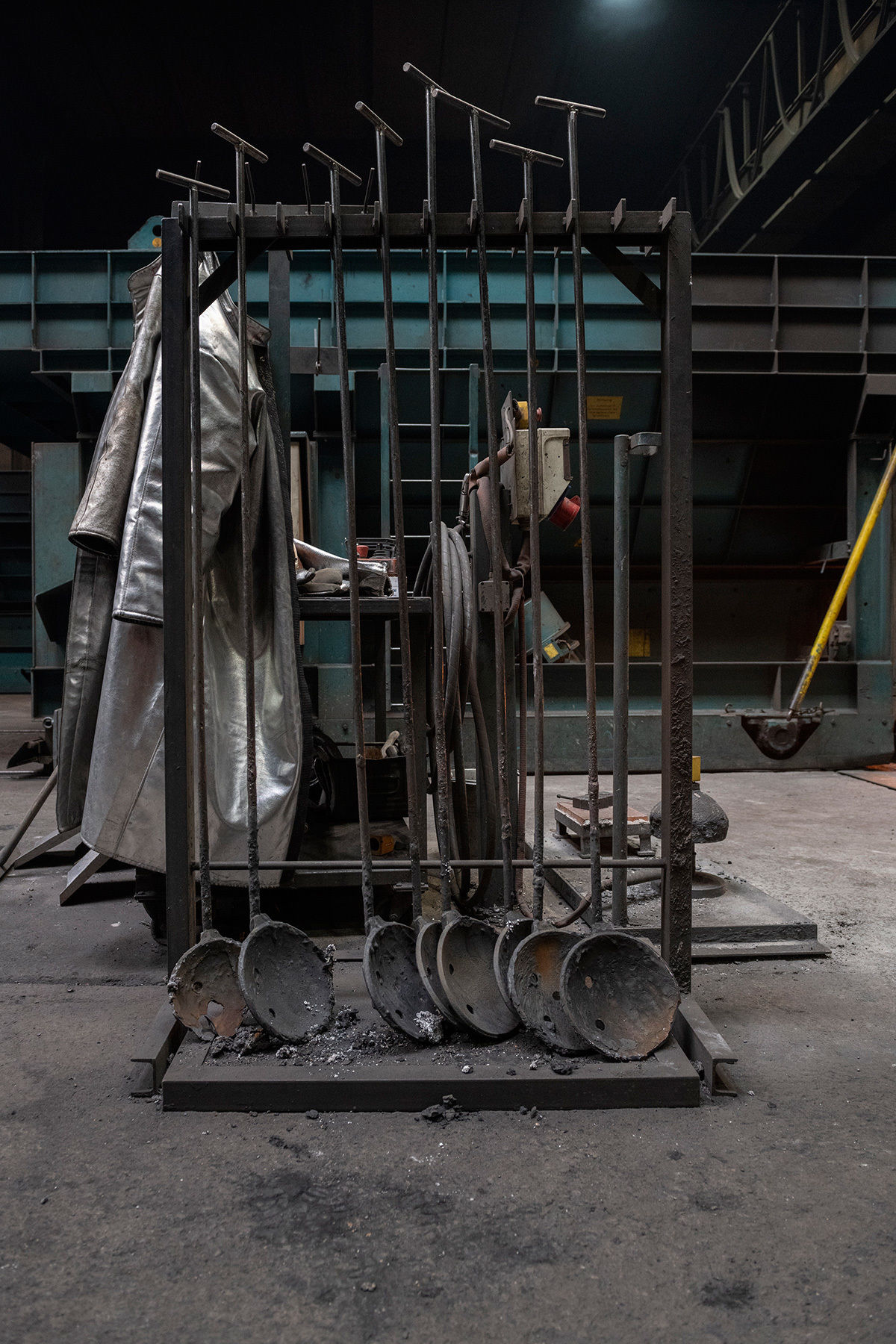
The exhibition "Temporary Ground" presents 22 works and series from the last 30 years and is on view until August 29, 2021.
Publication:
Frank Gerritz — Temporary Ground
Edited by: Jörg Daur, Lea Schäfer
144 pages with 53 illustrations on 81 pages, German/English
29 x 24 cm, hardcover, Snoeck Verlagsgesellschaft mbH 2020
ISBN: 978-3-86442-351-226,— Euro (shop)
Now available:You can order the catalouge via email (museum@museum-wiesbaden.de / direktion@museum-wiesbaden.de) or call the number (+49) 611 / 335 2171.
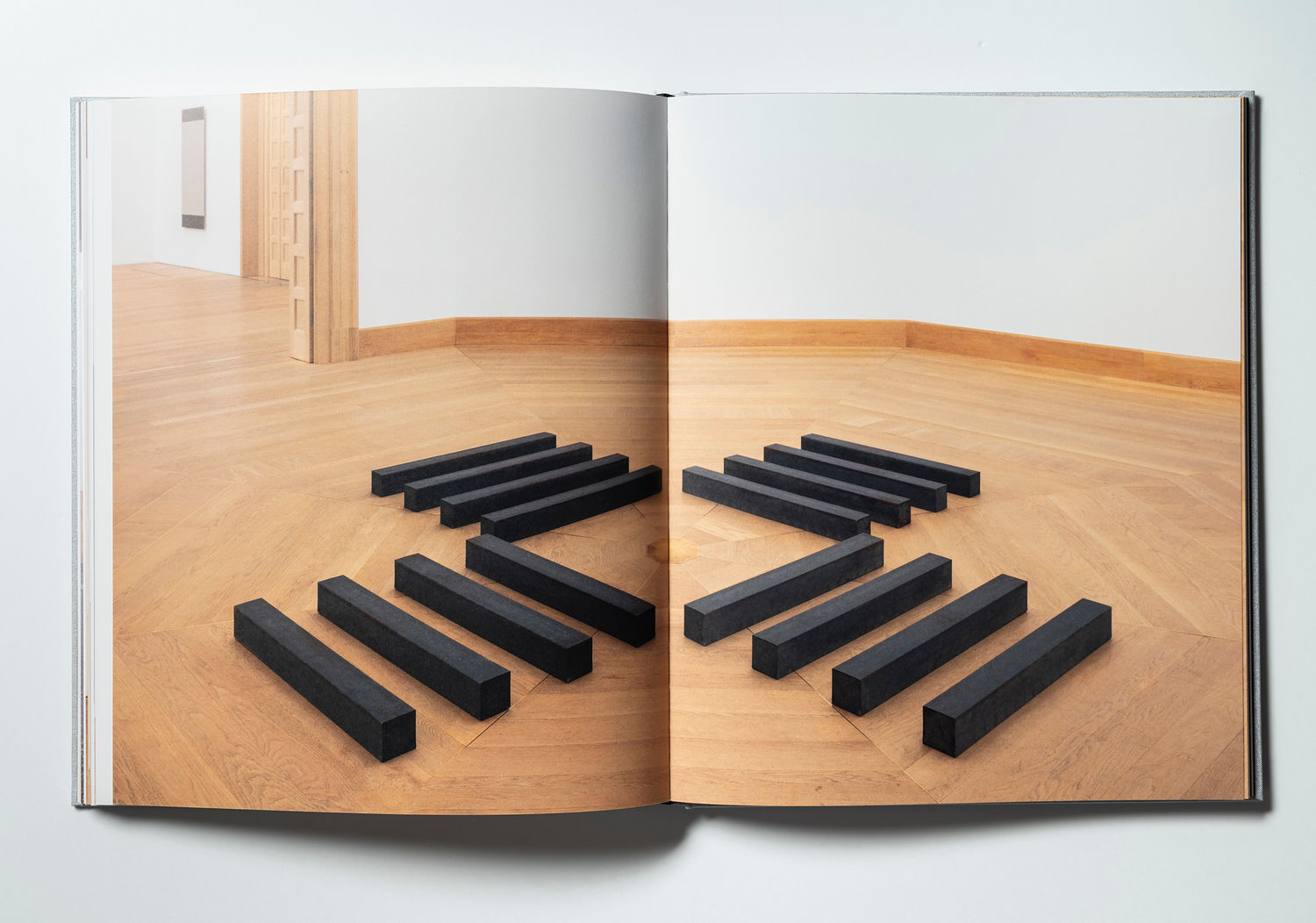
Our author visited Frank Gerritz during his work in the iron foundry. Watch the video of the exhibition made here and accompany them!
Hier finden Sie das Begleitprogramm zur Ausstellung, sobald es im Veranstaltungskalender veröffentlich wurde.